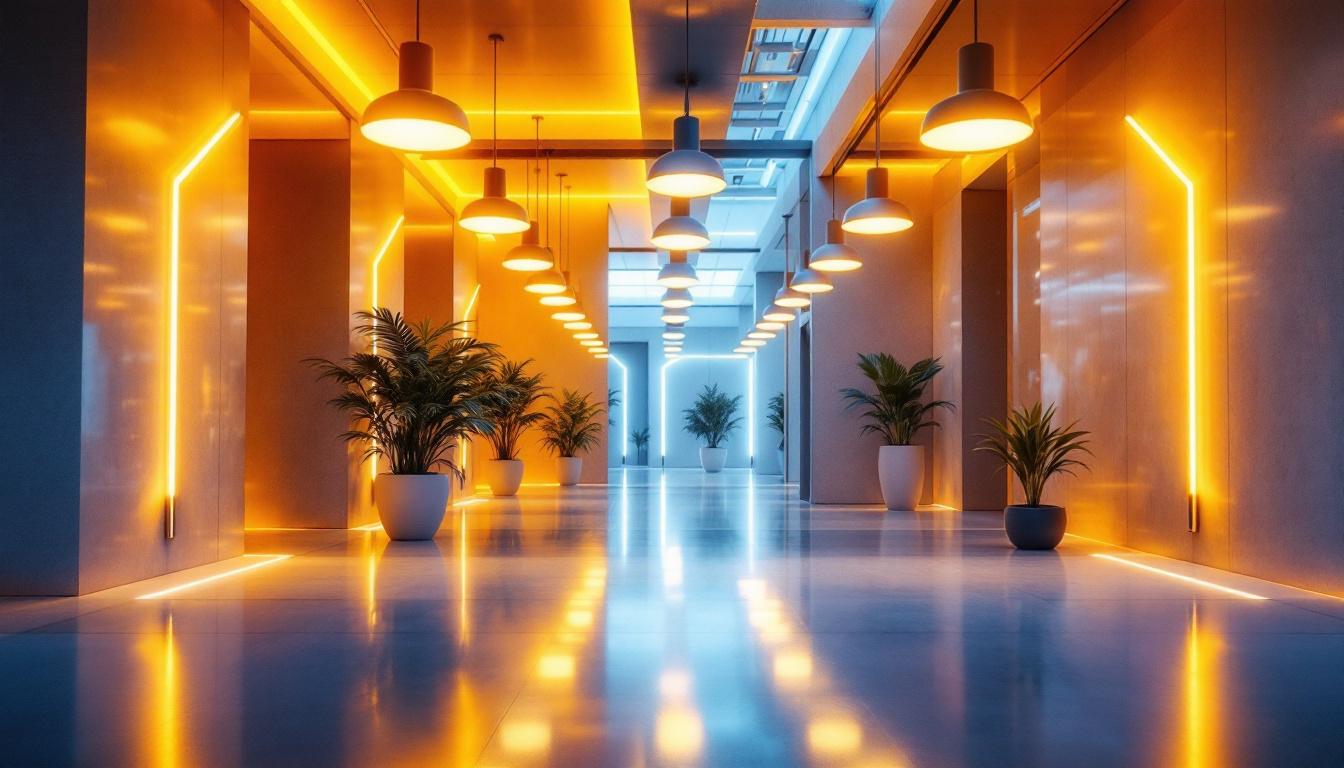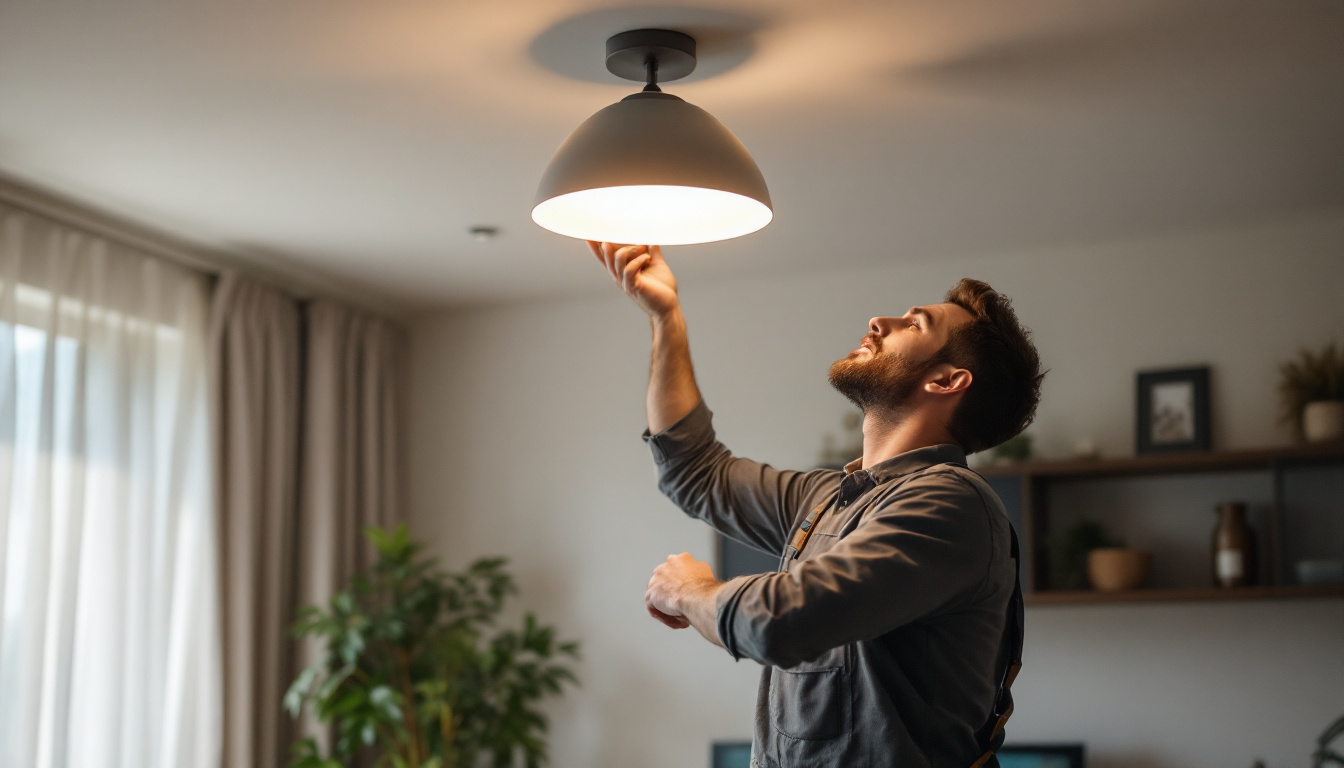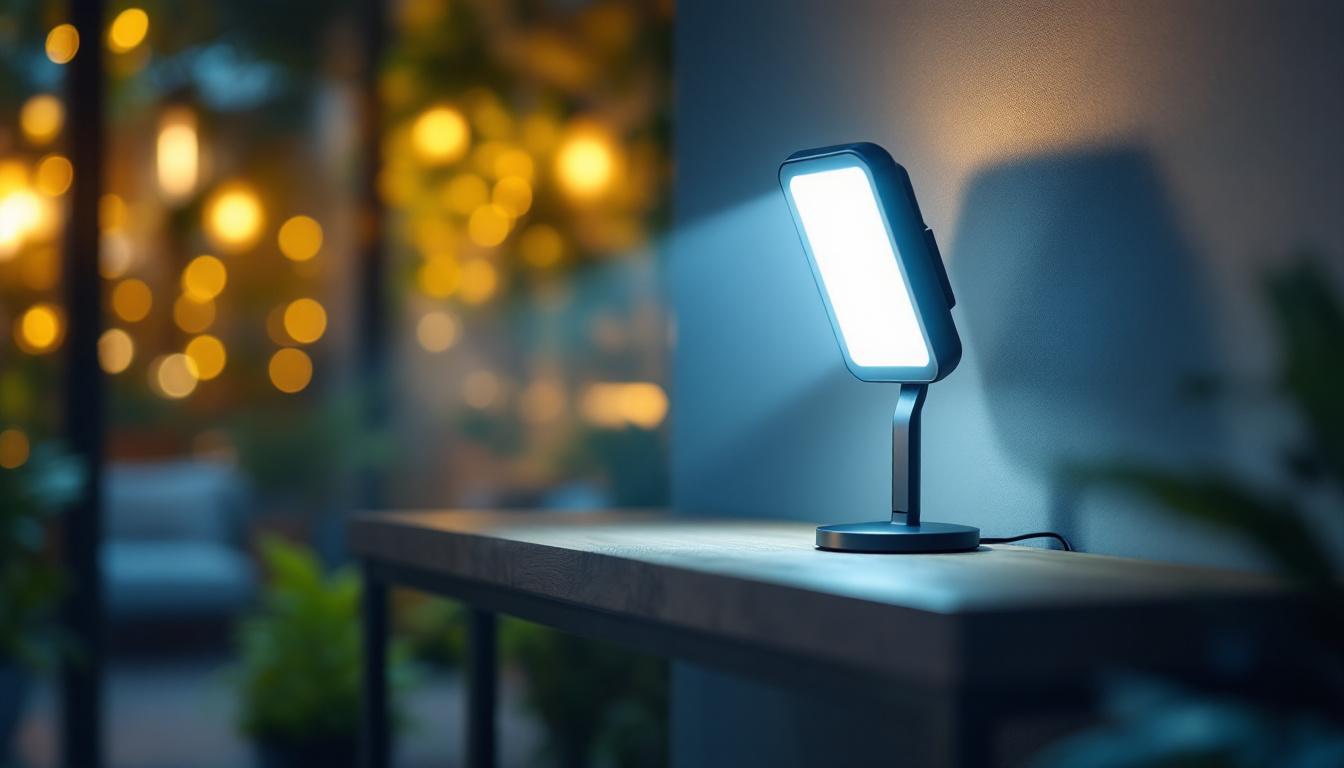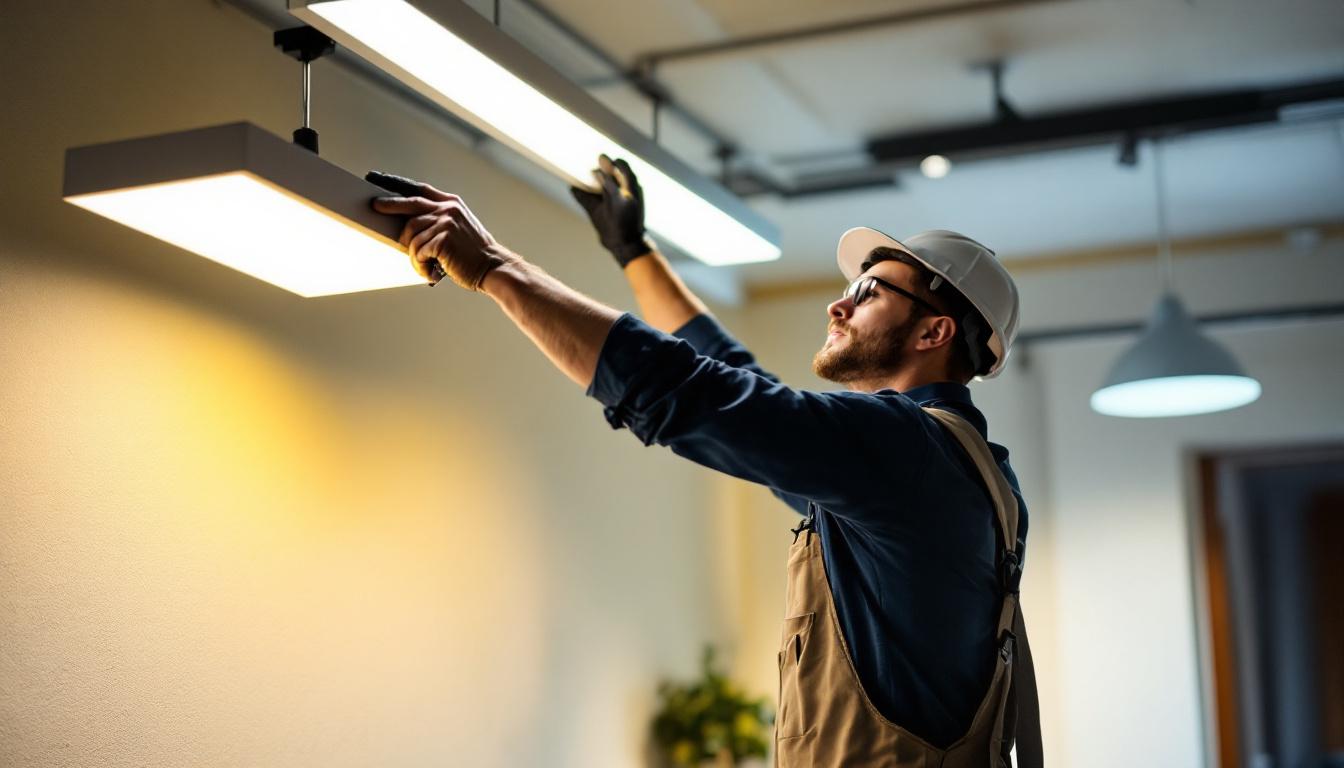
In an era where technology evolves at an unprecedented pace, lighting contractors face unique challenges in ensuring their projects remain relevant and efficient. Sunpark Electronics Corp stands at the forefront of this evolution, offering innovative solutions that not only meet current demands but also anticipate future needs. This article delves into strategies for future-proofing lighting projects, ensuring longevity, adaptability, and sustainability.
Future-proofing lighting projects is essential for several reasons. As technology advances, the expectations of clients and end-users evolve. Lighting systems must not only provide illumination but also integrate seamlessly with smart technologies, energy-efficient practices, and aesthetic demands.
Moreover, future-proofing helps mitigate risks associated with rapid technological changes. By investing in adaptable solutions, contractors can avoid the pitfalls of obsolescence, ensuring that their projects remain viable and competitive in the long term. This strategic foresight not only protects investments but also enhances client satisfaction, as customers increasingly seek solutions that align with their long-term vision and sustainability goals.
One of the primary aspects of future-proofing involves anticipating technological advancements. The lighting industry has seen a significant shift towards LED technology, smart lighting systems, and IoT integration. These advancements not only enhance energy efficiency but also provide users with greater control over their lighting environments. For example, smart lighting systems can adjust automatically based on occupancy or ambient light levels, creating a more responsive and comfortable atmosphere for users.
Contractors should stay informed about emerging technologies and consider how they can be integrated into current projects. This proactive approach ensures that installations can accommodate future upgrades without requiring complete overhauls. Engaging in continuous education and industry networking can provide valuable insights into upcoming trends, allowing contractors to position themselves as leaders in the field. Furthermore, collaborating with technology providers can lead to innovative solutions that enhance project outcomes and client satisfaction.
Flexibility in design is crucial for future-proofing. Lighting systems should be designed with modular components that can be easily upgraded or replaced. This means selecting fixtures and controls that allow for easy integration with new technologies as they become available. By prioritizing adaptability, contractors can ensure that their designs remain relevant and functional, even as user preferences and technological capabilities evolve.
For instance, using standardized mounting systems can facilitate the addition of new lighting fixtures or controls without extensive modifications to the existing infrastructure. This flexibility not only saves time and money but also enhances the overall lifespan of the project. Additionally, incorporating user-friendly interfaces and control systems can empower end-users to customize their lighting experience, fostering a sense of ownership and satisfaction. As the demand for personalized environments grows, the ability to easily modify lighting setups will become increasingly valuable in maintaining competitive advantage in the marketplace.
Energy efficiency is a critical consideration for any lighting project. As regulations become stricter and energy costs continue to rise, contractors must prioritize sustainable practices. Future-proofing lighting projects involves selecting energy-efficient products and implementing smart technologies that minimize energy consumption. The transition to LED lighting, for instance, is one of the most impactful changes that can be made, as these bulbs consume significantly less power and have a much longer lifespan compared to traditional incandescent options. This shift not only reduces energy bills but also lessens the frequency of replacements, contributing to less waste in landfills.
Incorporating renewable energy sources, such as solar panels, can also enhance sustainability. By designing systems that utilize these technologies, contractors can create projects that are not only environmentally friendly but also reduce operational costs for clients. Additionally, the integration of battery storage systems can further optimize energy use, allowing excess energy generated during the day to be stored and used during peak hours or at night. This holistic approach to energy management not only supports sustainability goals but also positions contractors as leaders in innovative design.
Smart lighting solutions are a cornerstone of modern lighting design. These systems allow for remote control, automation, and integration with other smart technologies. By utilizing smart lighting, contractors can offer clients enhanced functionality and energy savings. The ability to control lighting through mobile apps or voice-activated devices adds a layer of convenience that appeals to tech-savvy consumers, while also promoting energy conservation through user-friendly interfaces.
For example, occupancy sensors can automatically adjust lighting levels based on the presence of individuals in a space, significantly reducing energy waste. Furthermore, smart lighting systems can be programmed to adapt to changing conditions, such as daylight availability, further improving efficiency. Advanced features like scheduling and dimming capabilities allow users to customize their lighting experience, ensuring that energy is used only when and where it is needed. This level of control not only enhances user satisfaction but also contributes to a more sustainable environment.
As the push for sustainability continues, incorporating renewable energy sources into lighting projects is becoming increasingly important. Solar-powered lighting solutions are an excellent example of how contractors can future-proof their projects while promoting environmental responsibility. These systems can be particularly beneficial in remote areas or locations where extending the electrical grid is impractical or cost-prohibitive. By harnessing the sun’s energy, contractors can provide reliable lighting solutions that are both efficient and sustainable.
By integrating solar technology, contractors can provide clients with cost-effective solutions that reduce reliance on conventional energy sources. This not only lowers operational costs but also enhances the project’s appeal to environmentally conscious consumers. Furthermore, the use of wind or hydroelectric power in conjunction with solar can create hybrid systems that maximize energy generation and reliability. As technology advances, the potential for integrating these renewable sources into urban and rural lighting projects will continue to expand, paving the way for a greener future in lighting design.
Future-proofing lighting projects also involves enhancing the user experience. Modern lighting systems should not only be functional but also contribute to the overall ambiance and usability of a space. This can be achieved through thoughtful design and the incorporation of user-friendly technologies.
Lighting contractors should consider the specific needs of the end-users and design systems that cater to those requirements. This could mean providing customizable lighting options, such as tunable white lighting, which allows users to adjust the color temperature based on their preferences or activities.
Customizable lighting solutions empower users to take control of their environment. By offering options for dimming, color temperature adjustments, and scene settings, contractors can create spaces that adapt to various activities and moods.
For instance, in a residential setting, homeowners may want bright, cool lighting for tasks during the day and warm, soft lighting for relaxation in the evening. By providing these options, contractors can enhance the overall satisfaction of their clients.
User-friendly technologies play a vital role in enhancing the experience of lighting systems. This includes intuitive control interfaces, mobile applications, and voice-activated systems that allow users to easily manage their lighting environments.
By integrating these technologies, contractors can ensure that their projects are not only functional but also enjoyable to use. This focus on user experience is essential for future-proofing, as it aligns with the growing demand for convenience and personalization in modern living.
Effective collaboration and communication among all stakeholders are crucial for the success of any lighting project. This includes working closely with architects, interior designers, and clients to ensure that the lighting design aligns with the overall vision of the project.
By fostering open lines of communication, contractors can better understand the needs and expectations of their clients. This collaborative approach not only enhances the quality of the final product but also ensures that all parties are on the same page throughout the project lifecycle.
Engaging with stakeholders early in the design process can lead to more successful outcomes. Contractors should involve clients in discussions about their preferences, budget constraints, and long-term goals. This engagement helps to build trust and ensures that the final design meets the client’s expectations.
Additionally, collaborating with other professionals, such as architects and engineers, can lead to innovative solutions that enhance the overall design and functionality of the lighting system.
Future-proofing does not end with the installation of a lighting system. Providing ongoing support and maintenance is essential for ensuring that the system continues to operate efficiently and effectively over time. Contractors should establish a plan for regular maintenance checks and updates to keep the lighting system in optimal condition.
By offering this level of support, contractors can build long-lasting relationships with clients, positioning themselves as trusted partners in their lighting needs. This commitment to service not only enhances customer satisfaction but also encourages repeat business and referrals.
The lighting industry is constantly evolving, and staying informed about the latest trends, technologies, and regulations is essential for contractors looking to future-proof their projects. This requires a commitment to continuous learning and adaptation.
Contractors should actively seek out opportunities for professional development, whether through industry conferences, workshops, or online courses. By staying current with industry advancements, contractors can ensure that their projects remain competitive and relevant.
Investing in professional development is a key strategy for staying ahead in the lighting industry. By participating in training programs and workshops, contractors can gain valuable insights into new technologies and best practices.
Furthermore, networking with other professionals in the industry can provide opportunities for collaboration and knowledge sharing. This collaborative spirit fosters innovation and helps contractors stay informed about emerging trends.
Embracing change is essential for future-proofing lighting projects. Contractors should be open to experimenting with new technologies and approaches, even if they involve taking calculated risks. Innovation often leads to improved efficiency, enhanced user experience, and greater sustainability.
By fostering a culture of innovation within their organizations, contractors can position themselves as leaders in the industry, ready to adapt to the evolving needs of their clients and the market.
Future-proofing lighting projects is a multifaceted endeavor that requires careful consideration of technology, design, sustainability, user experience, collaboration, and ongoing support. By adopting a proactive approach and staying informed about industry advancements, contractors can ensure that their projects remain relevant and efficient in an ever-changing landscape.
Sunpark Electronics Corp offers a wealth of resources and solutions to assist contractors in navigating these challenges. By leveraging innovative technologies and best practices, lighting contractors can create projects that not only meet current demands but also anticipate future needs, ultimately leading to greater client satisfaction and long-term success.
Ready to elevate your lighting projects with the assurance of quality, affordability, and convenience? Look no further than LumenWholesale. Our spec-grade lighting products set the standard for excellence, offering you the best value without the middleman markup. With free shipping on bulk orders, you can future-proof your projects with confidence, knowing you’re backed by superior performance and unbeatable wholesale prices. Don’t compromise on your lighting needs—choose LumenWholesale for a seamless purchasing experience. Discover our extensive selection and take the first step towards a brighter future by visiting Wholesale Lighting at the Best Value today.

Discover essential best practices for lighting contractors in the world of Quasar Light.

Discover the essential checklist for lighting contractors when working with 4Ft T8 LED bulbs and ballast bypass systems.

Discover how LED lights with battery backup can revolutionize your lighting projects by enhancing efficiency and reliability.

Discover the top benefits of Frame Light LED for lighting contractors, including energy savings, durability, and easy installation—boost your projects today!.